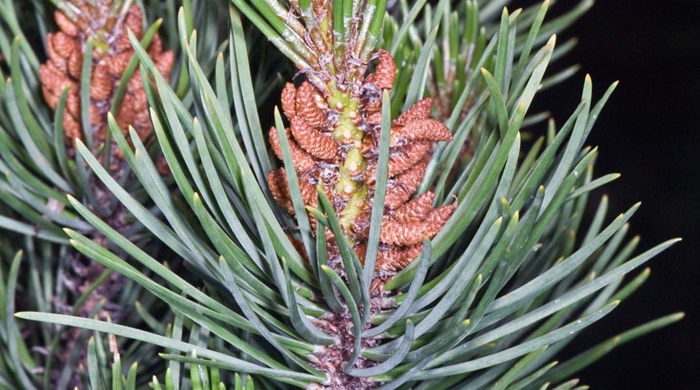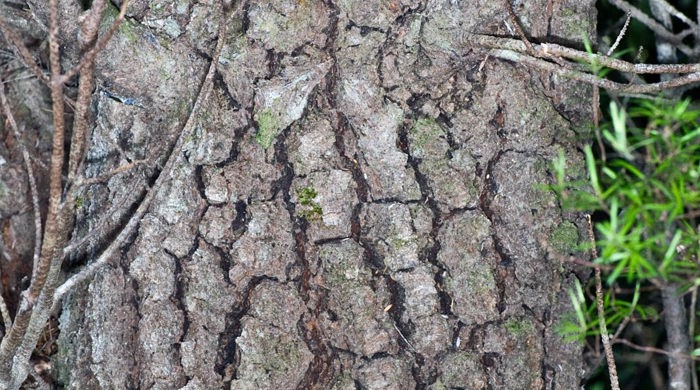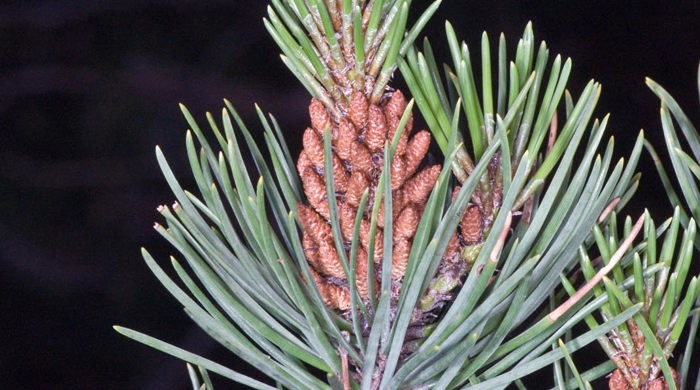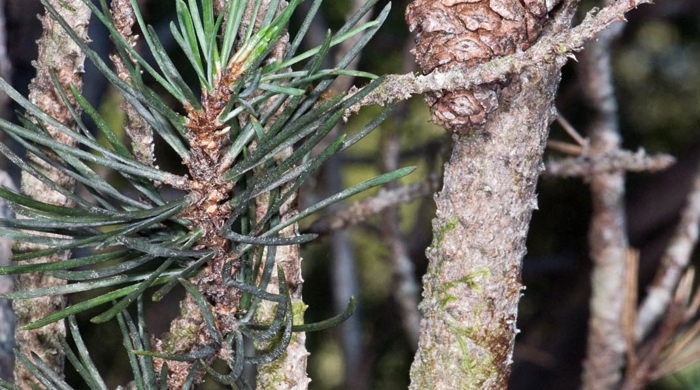Pinus contorta
Lodgepole pine
Family: Pinaceae
Origin: North America
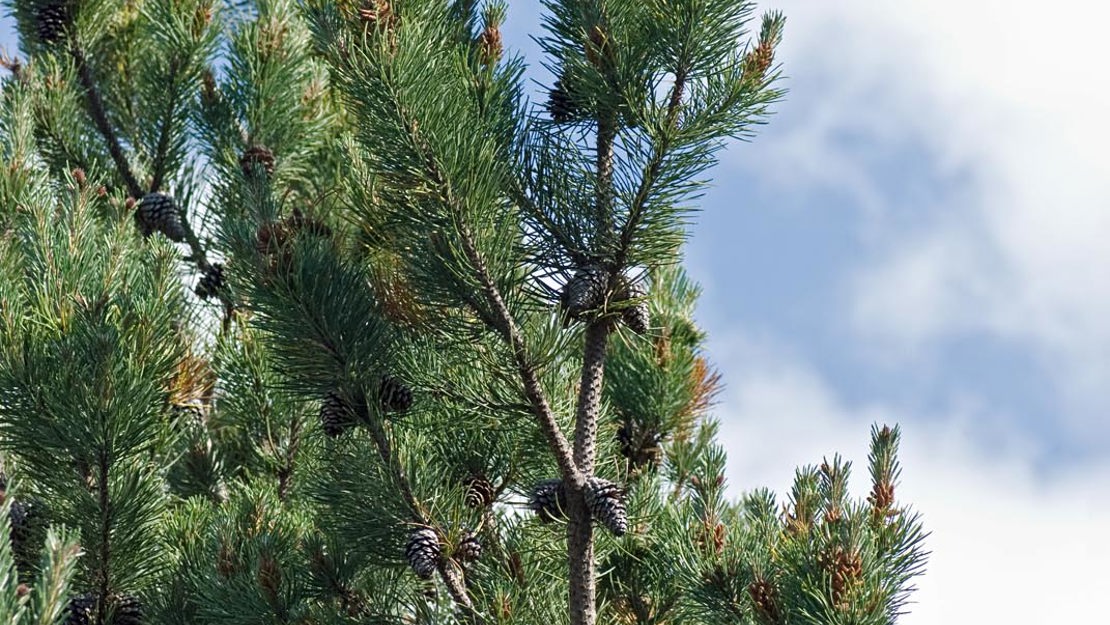
Regional Pest Management Plan (RPMP) status
- National Pest Plant Accord Species
- Whole region — Sustained control
General description
Shrub to medium-sized tree. Mature cones persist on the tree. Seeds are winged.
What you need to know
To help protect our environment:
- You must not breed, distribute, release or sell lodgepole pine. As lodgepole pine is a National Pest Plant Accord species, these restrictions apply within the Auckland region and across the whole of New Zealand.
- You must not plant lodgepole pine within the Auckland region, unless you are transferring an existing plant on your land to another location within the boundaries of the same property.
- You must destroy any lodgepole pine on land that you occupy if it has been planted in breach of the above rules and you are directed to do so by an authorised person.
Habitats
Open habitats, grassland, shrubland.
Dispersal
Seeds dispersed by wind.
Impact on environment
Forms dense stands. Reduces species richness and facilitates non-native dominance of soil fungal communities. Affects light-demanding short-stature plants by altering vegetation structure from open habitat to forest.
Control
Site Management
Follow up treated areas 3 times per year. Encourage natural regeneration of native plants or replant treated areas where possible after 2-3 treatments to establish dense ground cover and minimise reinvasion.
Recommended approaches
Physical control
Method: Dig out.
Plant parts requiring disposal: Seeds.
Disposal options: Remove to greenwaste or landfill if practical. Stems can be left but can occasionally resprout.
Biocontrol
Biocontrol is currently not available for this species.
Community agrichemical control recommendations
No qualifications: Cut stump and paste freshly cut base of stems with metsulfuron gel.
Basic Growsafe certified: Cut stump and spray freshly cut base with 1g metsulfuron-methyl per 1 L of water.
Certified Handler/Experienced agrichemical user: Drill and inject trees with 5g metsulfuron-methyl per 1L of water if safe to do so. Drill 18mm holes (tangentially angled downwards) in a spiral up the trunk.
For 50mm stems drill one hole. For 100mm stems drill two holes. For larger stems drill holes 150mm apart. Foliar spray seedlings with 5g metsulfuron-methyl per 10L of water and 20ml penetrant.
Safety notes
Large trees must not be drilled that are closer than 1.5 times the height of the tree from paths, walkways and property.
Trees over 4 metres in height should be treated and then removed by a qualified arborist.
Caution: When using any herbicide or pesticide please read the label thoroughly to ensure that all instructions and safety requirements are followed.
